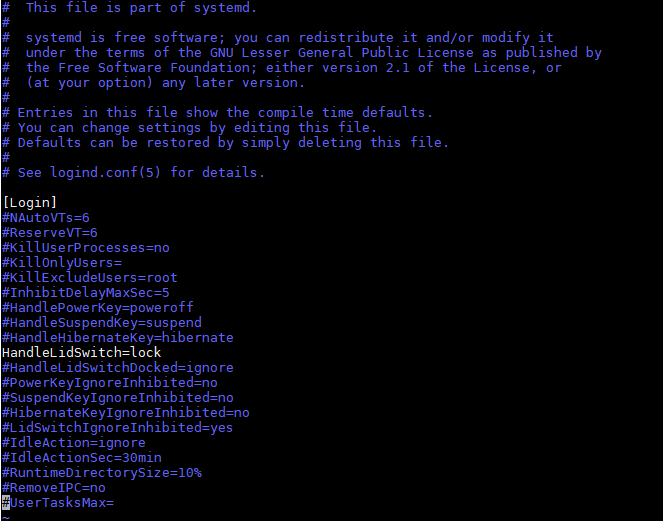
运行:systemctl restart systemd-logind
去芜存菁

运行:systemctl restart systemd-logind
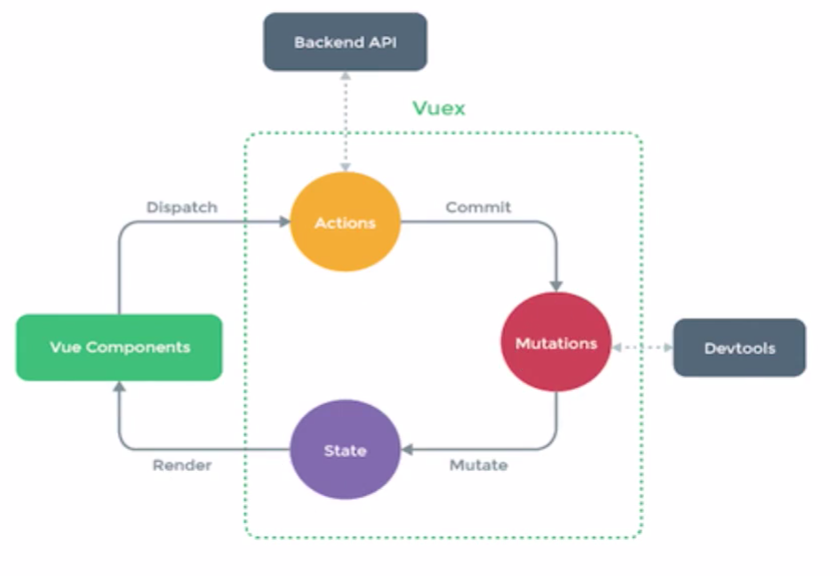

2种写法一样


同

vue Bus总线
有时候两个组件也需要通信(非父子关系)。当然Vue2.0提供了Vuex,但在简单的场景下,可以使用一个空的Vue实例作为中央事件总线。
参考:http://blog.csdn.net/u013034014/article/details/54574989?locationNum=2&fps=1
例子:https://segmentfault.com/q/1010000007491994
<divid="app"> <c1></c1> <c2></c2> </div>
var Bus = new Vue(); //为了方便将Bus(空vue)定义在一个组件中,在实际的运用中一般会新建一Bus.js
Vue.component('c1', { //这里已全局组件为例,同样,单文件组件和局部组件也同样适用
template: '<div>{{msg}}</div>',
data: () = >({
msg: 'Hello World!'
}),
created() {
Bus.$on('setMsg', content = >{
this.msg = content;
});
}
});
Vue.component('c2', {
template: '<button @click="sendEvent">Say Hi</button>',
methods: {
sendEvent() {
Bus.$emit('setMsg', 'Hi Vue!');
}
}
});
varapp = newVue({
el: '#app'
})
在实际运用中,一般将Bus抽离出来:Bus.js
import Vue from 'vue' const Bus=newVue() exportdefaultBus
组件调用时先引入
组件1
import Bus from './Bus'
exportdefault {
data() {
return {.........
}
},
methods: {....Bus.$emit('log', 120)
},
}
组件2
import Bus from './Bus'
exportdefault {
data() {
return {.........
}
},
mounted() {
Bus.$on('log', content = >{
console.log(content)
});
}
}
但这种引入方式,经过webpack打包后可能会出现Bus局部作用域的情况,即引用的是两个不同的Bus,导致不能正常通信
实际运用二(推荐):
当然也可以直接将Bus注入到Vue根对象中,
import Vue from 'vue'const Bus = newVue() varapp = newVue({
el: '#app',
data: { Bus
}
})
在子组件中通过this.$root.Bus.$on(),this.$root.Bus.$emit()来调用
父组件向子组件传值
父组件
<template>
<div>
父组件: <input type="text" v-model="name">
<br>
<br>
<!-- 引入子组件 -->
<child :inputName="name"></child>
</div></template><script>
import child from './child'
export default {
components: {
child
},
data () { return {
name: ''
}
}
}</script>
子组件
<template>
<div>
子组件: <span>{{inputName}}</span>
</div></template><script>
export default { // 接受父组件的值
props: {
inputName: String,
required: true
}
}</script>
子组件向父组件传值
子组件
<template>
<div>
子组件: <span>{{childValue}}</span>
<!-- 定义一个子组件传值的方法 -->
<input type="button" value="点击触发" @click="childClick">
</div></template><script>
export default {
data () { return {
childValue: '我是子组件的数据'
}
},
methods: {
childClick () { // childByValue是在父组件on监听的方法
// 第二个参数this.childValue是需要传的值
this.$emit('childByValue', this.childValue)
}
}
}</script>
父组件
<template>
<div>
父组件: <span>{{name}}</span>
<br>
<br>
<!-- 引入子组件 定义一个on的方法监听子组件的状态-->
<child v-on:childByValue="childByValue"></child>
</div></template><script>
import child from './child'
export default {
components: {
child
},
data () { return {
name: ''
}
},
methods: {
childByValue: function (childValue) {
// childValue就是子组件传过来的值
this.name = childValue
}
}
}</script>
非父子组件进行传值
公共bus.js
//bus.jsimport Vue from 'vue' export default new Vue()
组件A
<template>
<div>
A组件: <span>{{elementValue}}</span>
<input type="button" value="点击触发" @click="elementByValue">
</div></template><script>
// 引入公共的bug,来做为中间传达的工具
import Bus from './bus.js'
export default {
data () { return {
elementValue: 4
}
},
methods: {
elementByValue: function () {
Bus.$emit('val', this.elementValue)
}
}
}</script>
组件B
<template>
<div>
B组件: <input type="button" value="点击触发" @click="getData">
<span>{{name}}</span>
</div></template><script>
import Bus from './bus.js'
export default {
data () { return {
name: 0
}
},
mounted: function () {
var vm = this
// 用$on事件来接收参数
Bus.$on('val', (data) => {
console.log(data)
vm.name = data
})
},
methods: {
getData: function () {
this.name++
}
}
}</script>
一. 项目结构目录调整
初始文件添加
.editorconfig
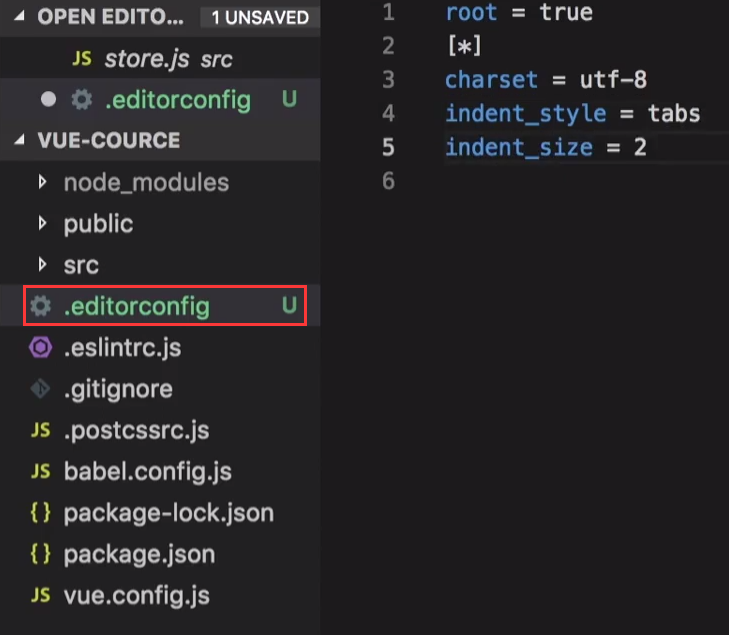
再使用EditorConfig for VS Code插件

添加目录
/api
/directive 自定义指令
/lib
/router
/store
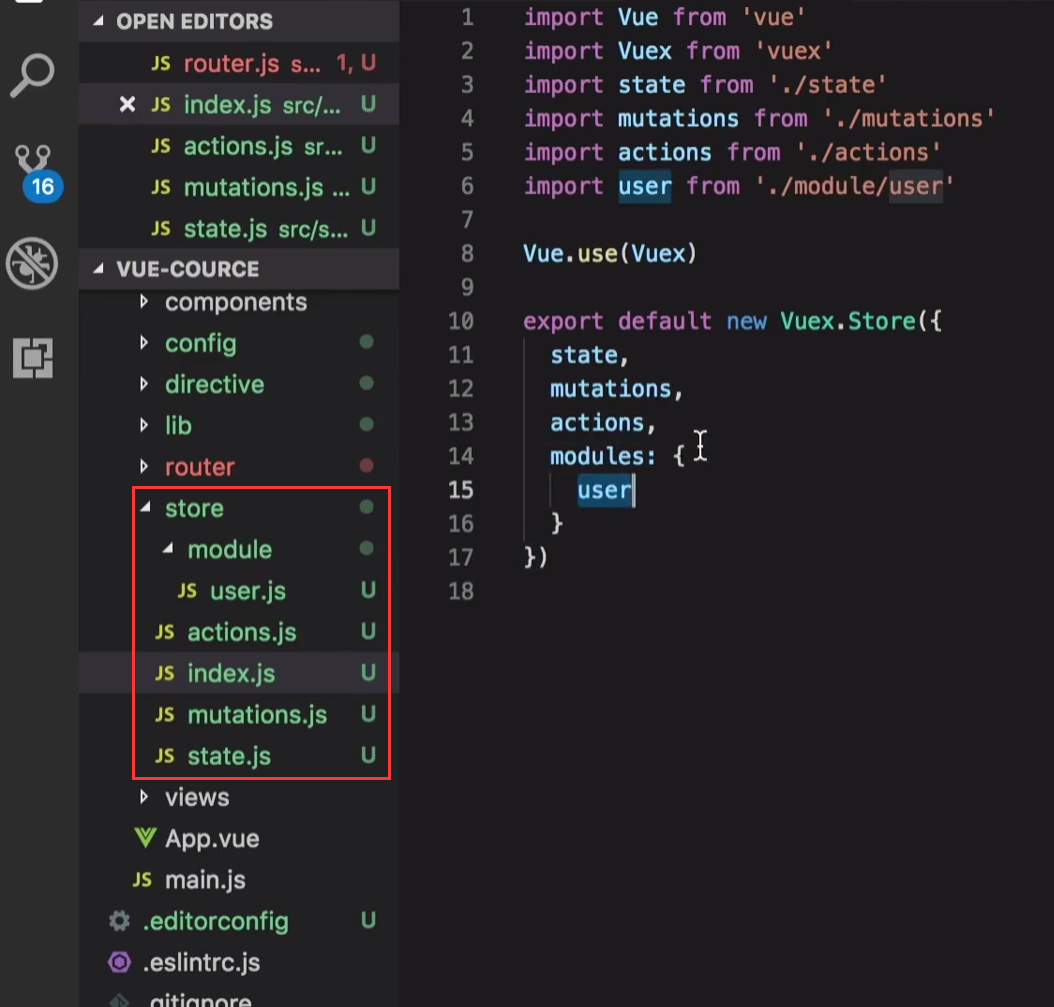
/moke (npm isntall mockjs -D)
vue.config.js
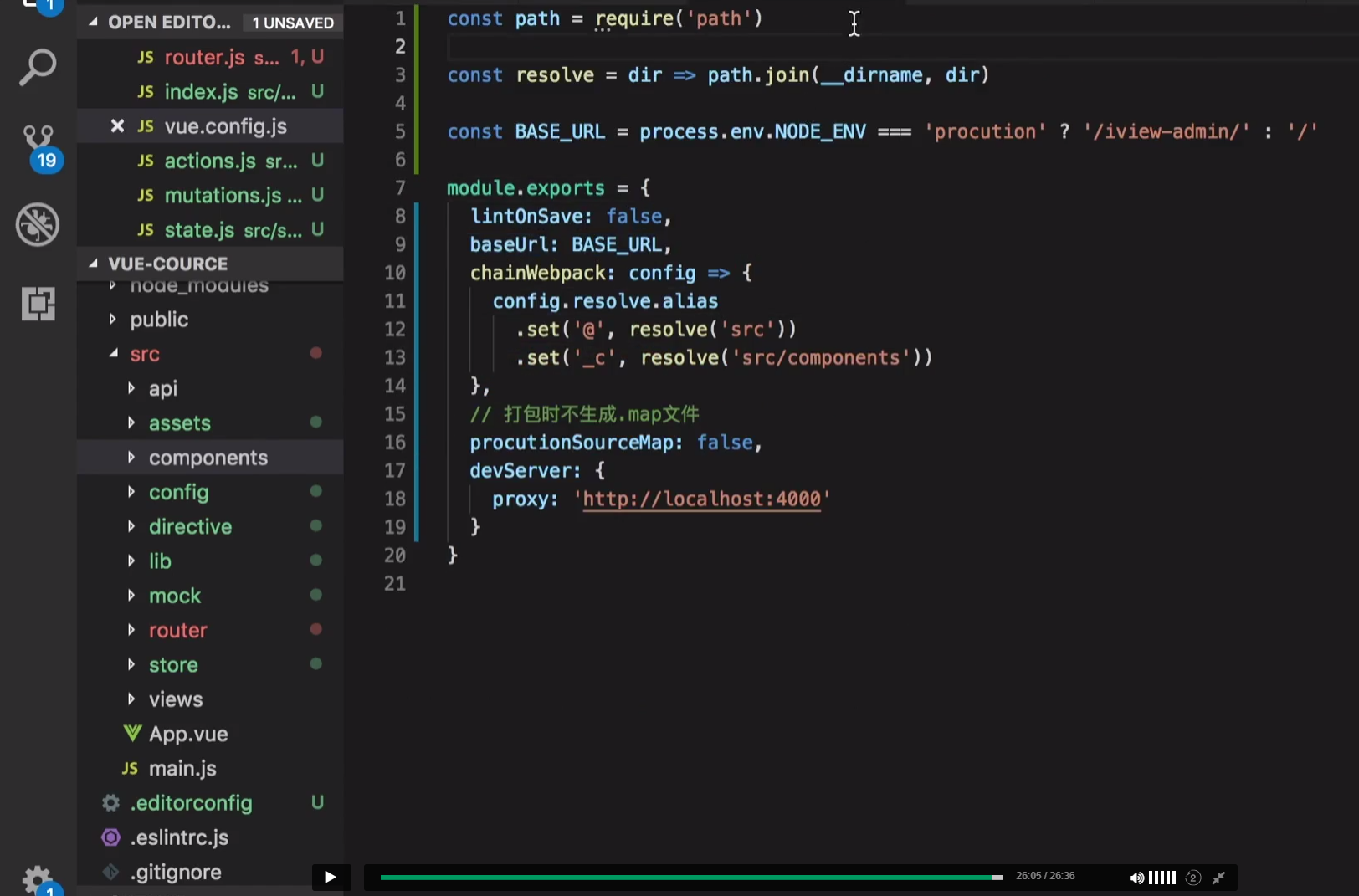
基本配置修改